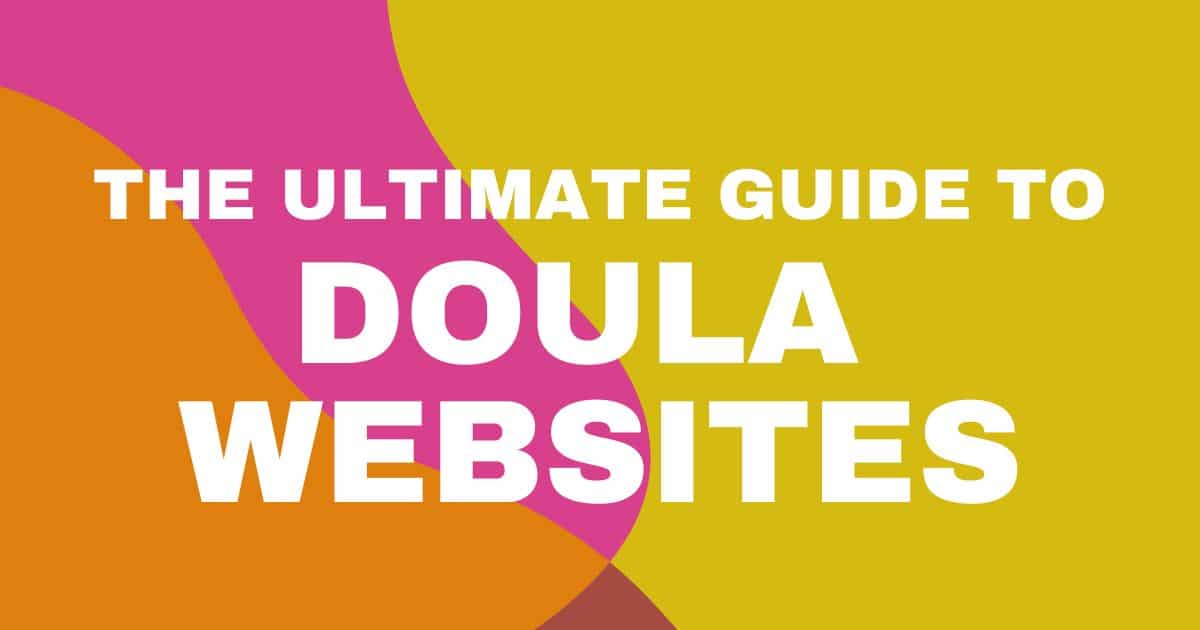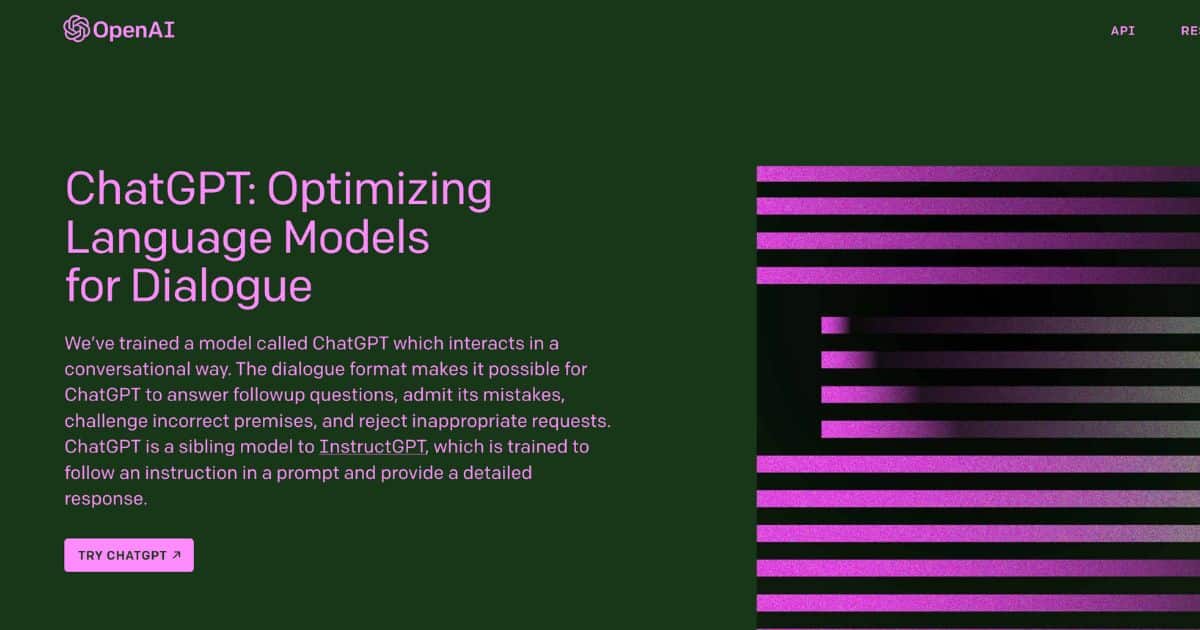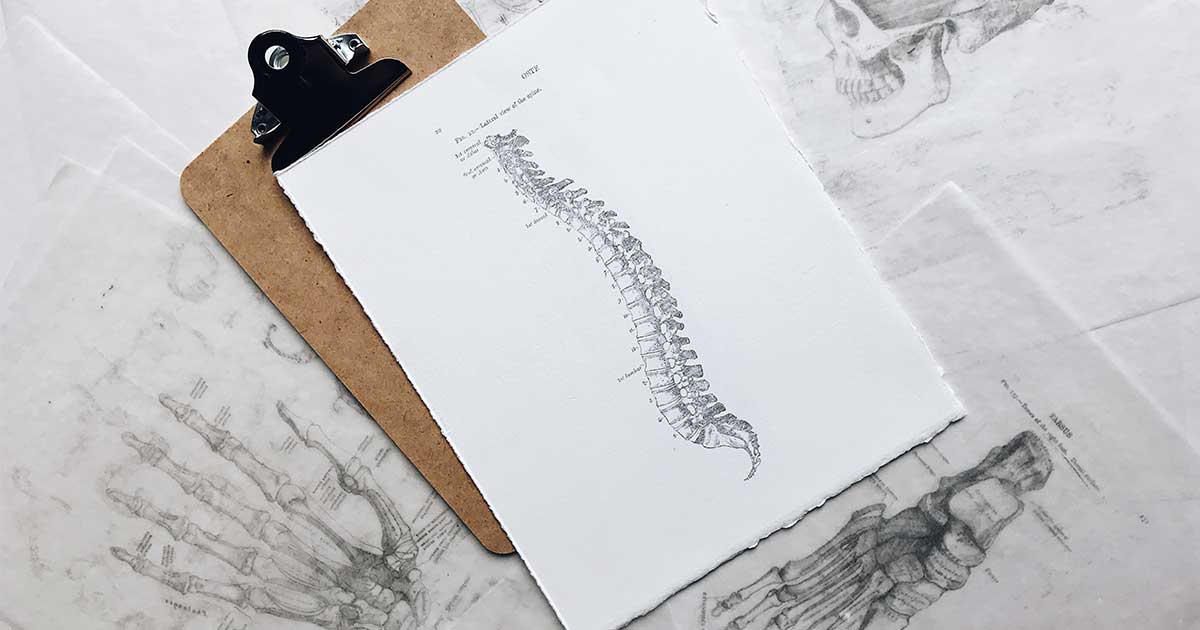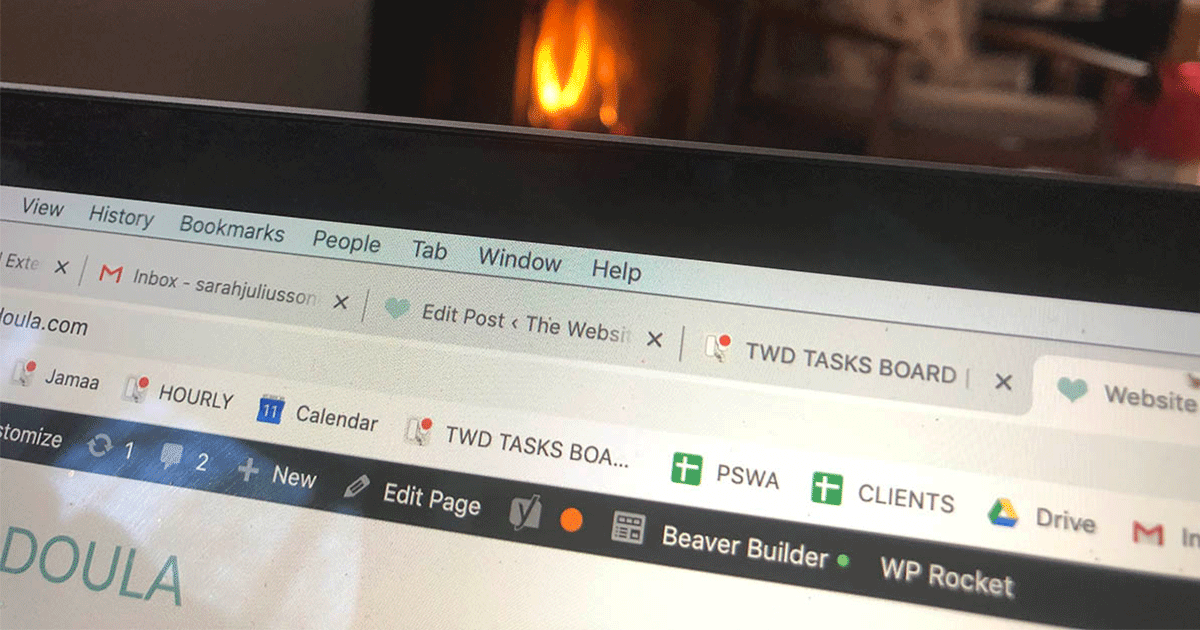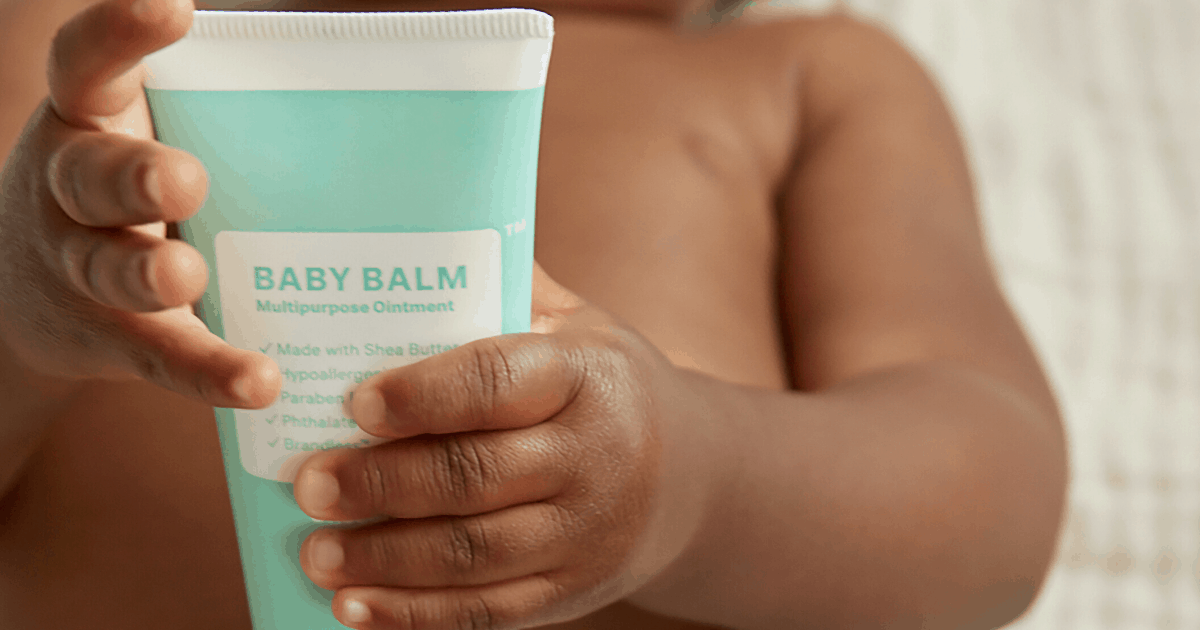How to be a LGBTQ+ ally with your website

I invite each and every one of you to take a moment to do a Google search right now. Open a new tab in your browser, and type in “Doula + your city”, or midwife, or childbirth services. If you are straight, and married, you are likely to quickly find language & imagery on these sites that resonate with you. Now I want you to visit a few of these websites from the lens of a LGBTQ+ family searching for services. Are there any visual or written clues that would suggest that these services are inclusive? Respectful? Welcoming?
For LGBTQ+ families, wading through the search results is far more complex than simply seeking out the doula with the best reviews, or the childbirth class that is closest to home. Pregnancy is a vulnerable time, and finding the right network of support is key to a family’s experience of becoming parents. Finding a website that uses inclusive language and imagery is relatively rare in this field, and I encourage each of you to consider how you might ensure that your site is visibly inclusive in both written content and imagery.
Even a few small changes can make a big difference in helping all families feel welcomed into your care. Here are key steps you can take to help your doula website be LGBTQ+ friendly:
First, check out this blog post from bebo mia inc. with an innovative tool to help you gauge your own bias. Very thought provoking and worth taking some time with!
Inclusive Language
A quick scan through your website might reveal extensive and exclusive use of terms such as “mom”, “father”, “dad”, “birthing women”, and “motherhood”. Look for opportunities to replace these with inclusive terms such as the “parents”, “birthing parent”, “non-pregnant parent”, “co-parent”, and “partners”. For those of you offering “breastfeeding” support or classes, simply including terms such as lactation or simply feeding your baby can go a long way. Look for opportunities to be inclusive whenever possible.
This includes your contact and/or registration form(s). Do you request mom and dad’s names, or birthing parent and partner’s name? Is this field purely optional?
Want to update your understanding of inclusive terminology? Here is an excellent Ally’s Guide to Terminology from GLAAD.
Your Images
sI know finding good stock photos for a doula website is very challenging; finding inclusive ones is even more so. Consider collaborating with a local photographer or making a special request of LGBTQ+ clients, to access more inclusive images. You could also include a simple rainbow icon in your footer or sidebar, or as a social media icon that links to a page on your site that talks about your practice values.
Your Resources Page
If you have a resources page, you can add a section devoted to LGBTQ+ families. This could include local resource centers and inclusive parenting groups, local practitioners who specialize in supporting trans persons, and diverse parenting blogs.
Looking for ideas? Be sure to check out the top 25 LGBT parenting blogs from CircleofMoms.com.
Want to support LGBTQ+ families considering starting a family? Include links to supportive fertility clinics, adoption agencies, and this helpful Pathways to Parenthood resource.
Be Informed
Here are a few helpful articles and trainings to help you deepen your understanding and capacity to support LGBTQ families:
- Excellent compilation of articles and resources to better understand and support LGBTQ+ families in your practice.
- Caring for Trans Gender and Gender Queer Clients with Cultural Humility (video training)
- Providing Culturally Sensitive Care for LGBTQ Families (online course)
- LGBT Healthcare Training Video: “To Treat Me, You Have to Know Who I Am”
- Learn more about transphobia in the birth community as experienced by one trans-identified doula
- Know someone who identifies as trans and is interested in becoming a doula? Connect them with the Doula Training International scholarship program
- How Doulas and Midwives Around the Country Are Filling the Gaps in Birth Care for Queer Families
- Excellent profile introducing a family whose 3rd child was born intersex
- Book: A Clinician’s Guide to Gender-Affirming Care: Working with Transgender and Gender Nonconforming Patients.
Know Where to Refer
If you don’t feel prepared (yet), or feel that a particular family might be best served by another practitioner, it is essential that you know where to refer them. Make it a priority to know who the local birth and postpartum professionals are in your community who either identify as LGBTQ+ or have visibly inclusive practices. While you develop your own capacity and understanding, you can help play a role in ensuring that they receive the best care possible.
In closing, I want to acknowledge that this learning journey isn’t easy. As a cis-gendered straight woman I consider myself to very much be on a learning journey. Evefn small steps forward in making your practice more inclusive could make a big difference for a local family. You don’t have to get it 100% “right” from day one – but you do have to ensure that your door is open, and your heart prepared to engage in the dialogue and learning required to best support all families who need your care.
– Sarah Juliusson, The Website Doula
HOW CAN I HELP YOU?
Hi there, I’m Sarah Juliusson, and yes I really am a Website Doula. I support your practice growth with creative website design, seasoned business guidance, and plenty of great resources to help you find your way. With 13 years in web design, and another 20+ years as a health & wellness pro, I believe in the value of your work as much as you do. Explore your options for a custom website today.




















